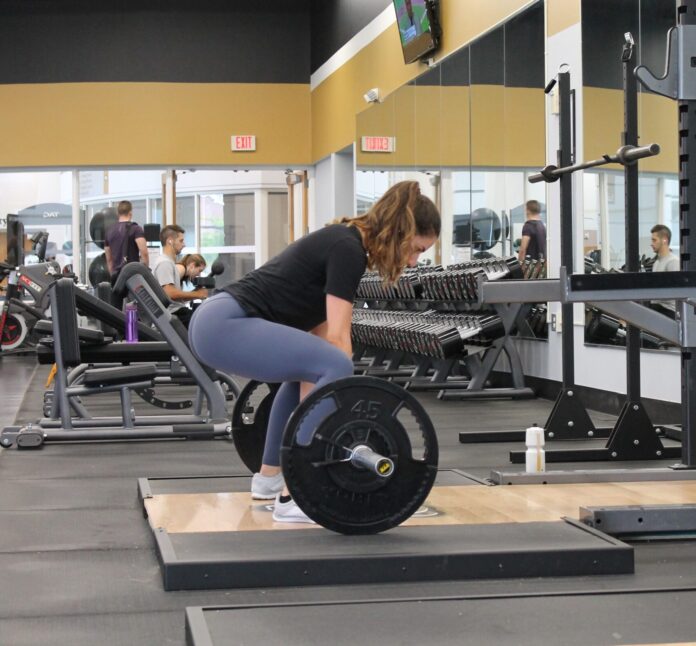
When it comes to achieving your fitness goals, it’s important to continuously challenge your body and push its limits. Enter progressive overload, a principle that involves gradually increasing the demands on your muscles to promote growth and strength. In this post, we’ll explore some fun and creative ways to apply progressive overload to your fitness routine.
Increase Weight
One of the simplest and most effective ways to apply progressive overload is to increase the weight you’re lifting. Whether you’re using dumbbells, barbells, or resistance bands, gradually add more weight as you get stronger. Start with a weight that challenges you but allows you to maintain proper form, and then gradually increase the load over time. The extra resistance will stimulate your muscles to adapt and grow.
Adjust Reps and Sets
Another way to apply progressive overload is by adjusting the number of reps and sets you perform. As you become more comfortable with a particular exercise, aim to increase the number of repetitions you can complete or add an extra set to your routine. This increase in volume places additional stress on your muscles, stimulating growth and improvement.
Use Progressive Calisthenics
Calisthenics exercises, such as push-ups, pull-ups, and bodyweight squats, provide a great opportunity for progressive overload. If you can easily perform a certain number of reps, try more challenging variations like diamond push-ups or pistol squats. You can also use resistance bands or weighted vests to increase the difficulty of these bodyweight exercises.
Try Unilateral Movements
Unilateral exercises involve working one side of your body at a time, such as single-leg squats or one-arm dumbbell rows. Incorporating unilateral movements into your routine helps address muscle imbalances and activates stabilizer muscles. By challenging your body in this asymmetrical way, you’ll improve coordination, stability, and overall strength.


